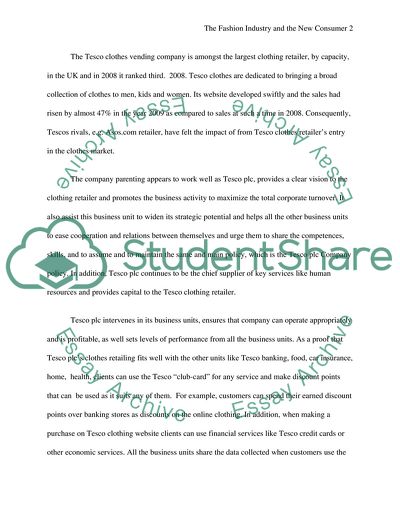Cite this document
(“The Fashion Industry and the New Consumer Coursework”, n.d.)
The Fashion Industry and the New Consumer Coursework. Retrieved from https://studentshare.org/marketing/1669670-the-fashion-industry-and-the-new-consumer
The Fashion Industry and the New Consumer Coursework. Retrieved from https://studentshare.org/marketing/1669670-the-fashion-industry-and-the-new-consumer
(The Fashion Industry and the New Consumer Coursework)
The Fashion Industry and the New Consumer Coursework. https://studentshare.org/marketing/1669670-the-fashion-industry-and-the-new-consumer.
The Fashion Industry and the New Consumer Coursework. https://studentshare.org/marketing/1669670-the-fashion-industry-and-the-new-consumer.
“The Fashion Industry and the New Consumer Coursework”, n.d. https://studentshare.org/marketing/1669670-the-fashion-industry-and-the-new-consumer.


